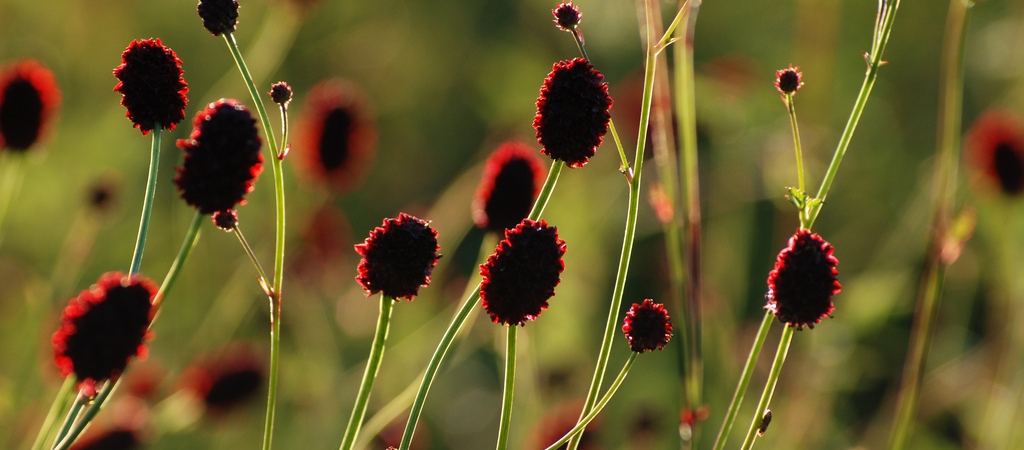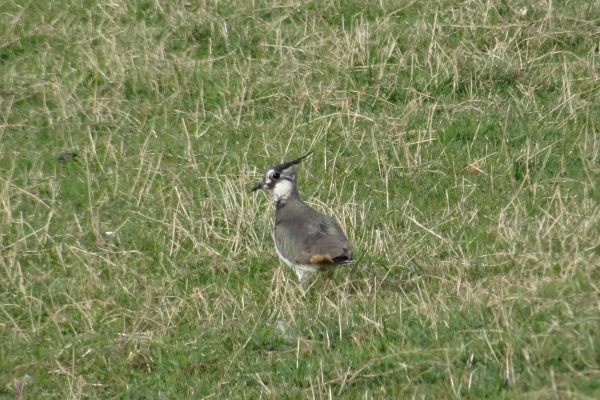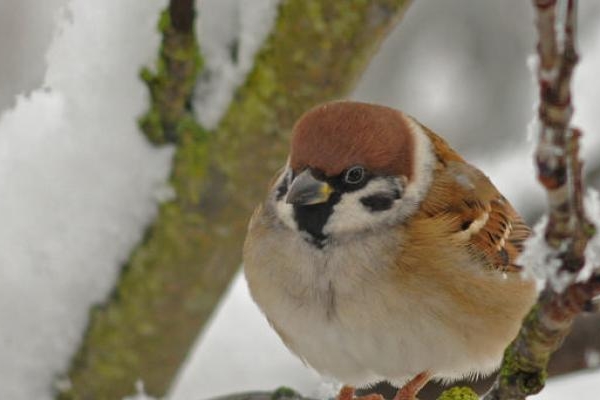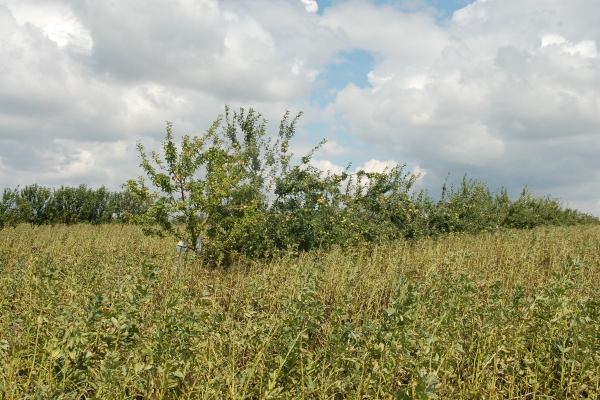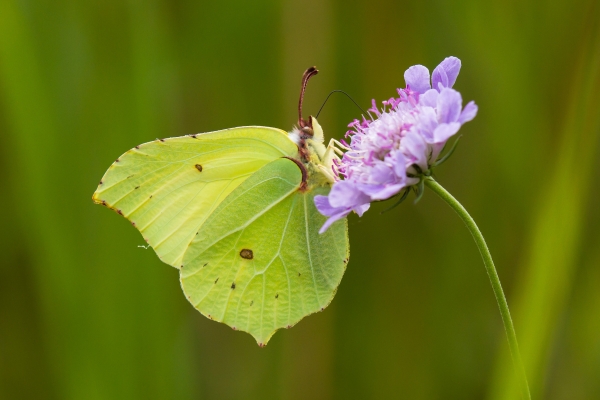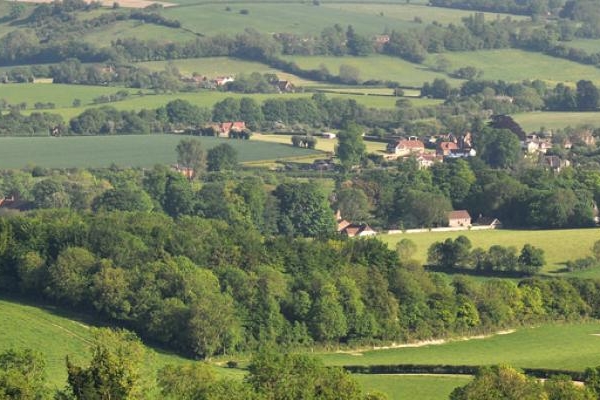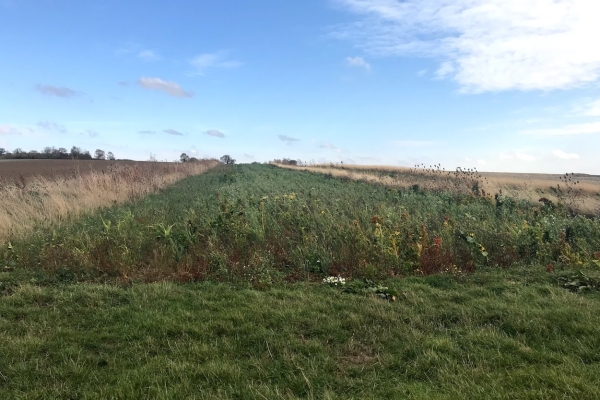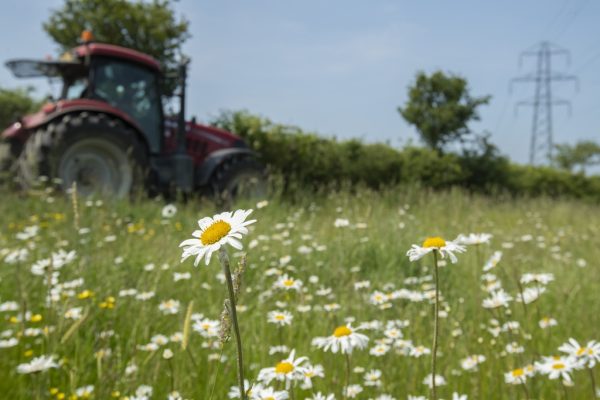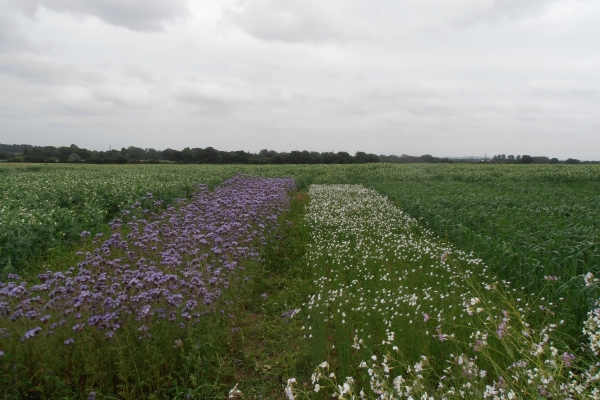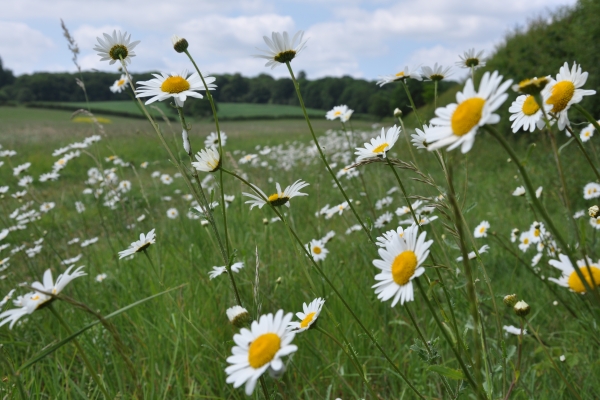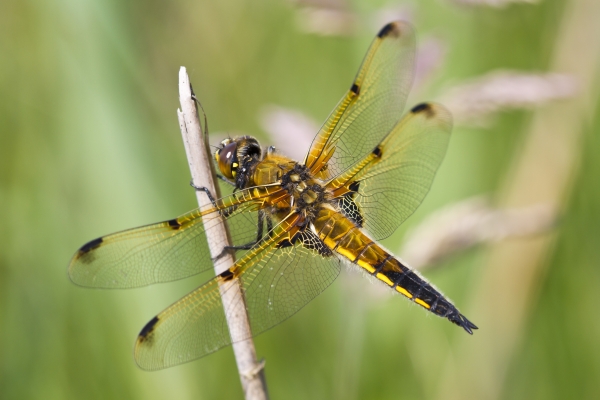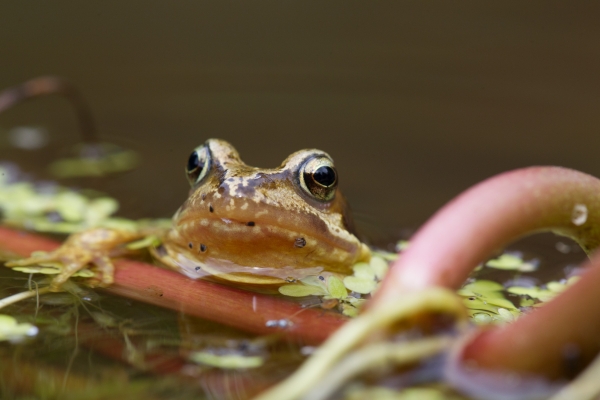Plant conservation on farmland
Wildlife & Farming handbook
Resource explained
From hay meadows to downland, and cereal fields to hedgerows and field margins, farmland supports hundreds of plant species. Many farmland plants have declined during the last sixty years, some to the point of extinction. This chapter from Wildlife & Farming, WildCRU’s handbook for wildlife conservation on farmland, summarises management advice for plant conservation. Some plant communities, such as rare arable or species-rich meadow communities, have specific management needs, for example, the continuation of traditional management for species-rich floodplains. Other measures, for example reducing herbicides and fertilisers, will enhance and encourage a greater diversity of plants and benefit wild plants across the farm. The chapter highlights two WildCRU studies, showing, first, how plant communities on arable field margins change over time under different management regimes and, second, whether field margins impact weed communities in the crop edge.
Findings & recommendations
Management for plant diversity depends on the existing flora and the conservation objectives.
- Many arable plants, once regarded as weeds, are rare or declining. Leaving crop headlands unsprayed and unfertilised, cultivating margins or field corners, or leaving overwinter stubbles, will help these plants to survive.
- Wildflower-rich grasslands on neutral soils may be traditional meadows cut for hay, or pastures managed through grazing. They can support iconic plants such as snake’s head fritillary. Species-rich areas that have been farmed in the same way for many years need protecting.
- Chalk and limestone grasslands have a rich and diverse flora. Calcareous grasslands are best managed by grazing, with regimes tailored to the site. Open and varied swards will allow a range of species to flourish.
- Arable land can be restored to grassland either as whole fields or field margins, using natural regeneration or seed mixtures. Local provenance seed is ideal to help conserve local genotypes. A range of agri-environment options are available.
- Two WildCRU studies of field margin plant communities are highlighted: describing, first, how field margin plant communities change over the long term and, second, whether sown field margins affect weed abundance in the adjacent crop.
(Header image: Great burnet. Photo credit: Peter Roworth, Natural England)
